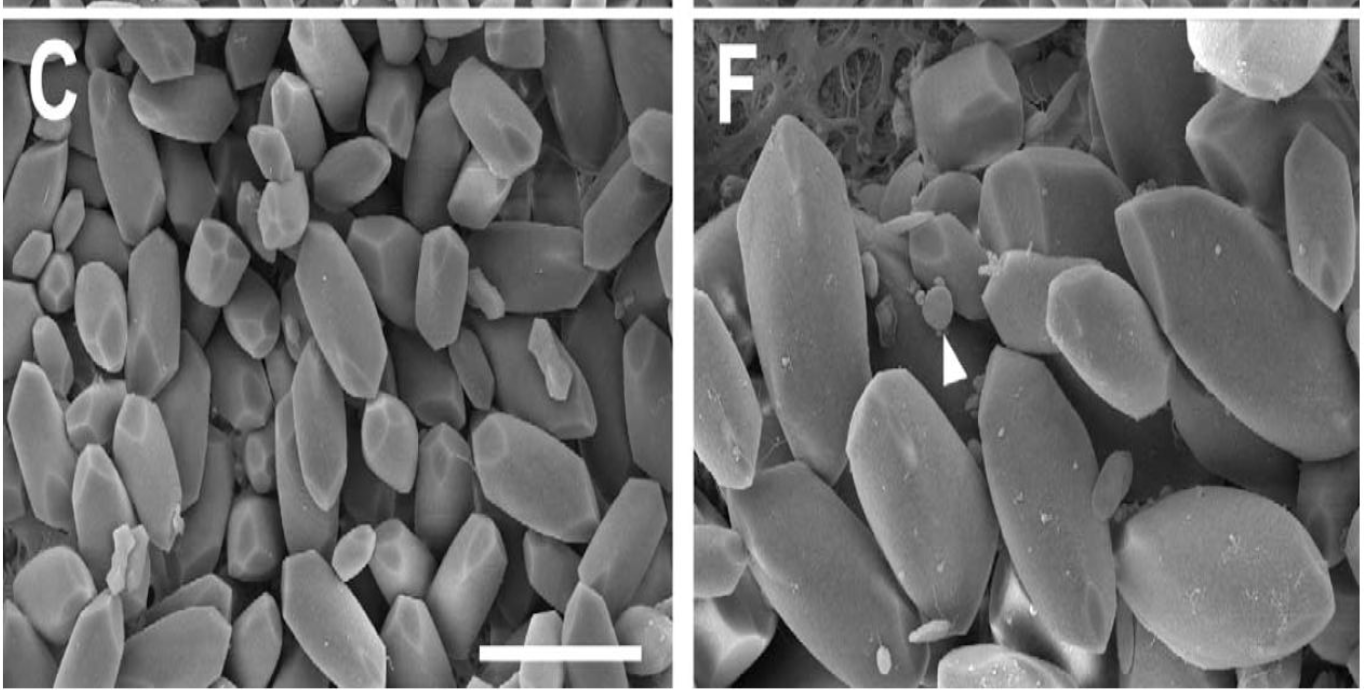Understanding BPPV and Its Impact on Concussion Recovery
Introduction: Concussions are a common form of traumatic brain injury (TBI), often resulting from sports injuries, falls, or motor vehicle accidents. While many individuals eventually recover from concussions with appropriate treatment and rest, some may experience lingering symptoms or complications that hinder their recovery process. One such complication is benign paroxysmal positional vertigo (BPPV), a condition affecting the inner ear that can exacerbate symptoms and prolong the recovery period for individuals with concussions. Recent research sheds light on the prevalence of BPPV in children and adolescents with concussions, providing valuable insights into its impact and management.
What is BPPV? Benign paroxysmal positional vertigo (BPPV) is a disorder of the inner ear characterized by sudden, brief bouts of vertigo triggered by certain head movements. It occurs when calcium carbonate crystals, known as otoconia, become dislodged from their usual position within the inner ear and migrate into one of the semicircular canals. This displacement disrupts the normal flow of fluid within the inner ear, leading to sensations typically of spinning or dizziness. This condition is quite common and well-known in the elderly population as it is the leading cause of vertigo in that population. In the adolescent population, BPPV is very frequently misdiagnosed leading to significant delays in treatment. A notable study by Brodsky et al. (2018) published in Otology and Neurotology found that the average time from symptom onset to treatment in 5-19-year-olds was 178 days. Once identified the treatment for BPPV is typically quite simple involving repositioning maneuvers that can be completed at a clinic office visit and typically only require 1-2 treatments to fully treat.
Below is a picture of octonia crystals.
The Connection Between BPPV and Concussion: While BPPV can occur independently of any head injury, it is particularly relevant in the context of concussions. Research indicates that individuals who sustain concussions are at an increased risk of developing BPPV compared to the general population. The precise mechanism underlying this association is not fully understood, but it is believed that the forces exerted on the inner ear during a concussion may dislodge the otoconia, predisposing individuals to BPPV.
Insights from the a by Wang et al. (2021):
In their recent research published in Sports Health, Wang and colleagues focused on uncovering the prevalence of BPPV among children and adolescents with concussions, shedding light on this relatively unexplored intersection. Titled "Benign Paroxysmal Positional Vertigo in Children and Adolescents With Concussion," the study delved into the incidence of BPPV in this demographic and its impact on recovery.
Through a retrospective review of medical records encompassing 102 pediatric patients diagnosed with concussions, the researchers made a startling discovery. A significant 29.4% of these patients exhibited concurrent BPPV. This finding underscores the importance of considering BPPV in concussion management, especially in pediatric populations where symptoms might be overlooked or solely attributed to the primary injury. Notably, the study revealed no significant difference in Post-Concussion Symptom Scale Scores between those with and without BPPV. The average time from injury to initial evaluation at the Pediatric Concussion Specialty Clinic was approximately 18.8 weeks.
Moreover, the study shed light on the potential repercussions of BPPV on concussion recovery. Patients grappling with both conditions experienced prolonged recovery periods compared to those without BPPV, accentuating the necessity for targeted interventions addressing both conditions effectively.
“Out of 102 Concussion patients, 29.4% of them presented with concurrent BPPV. Concurrent BPPV significantly prolongs Concussion recovery. ”
Impact on Concussion Recovery: The presence of BPPV can significantly impact the recovery process for individuals with concussions. The symptoms of BPPV, including vertigo, nausea, and imbalance, can exacerbate the existing symptoms of a concussion, such as headaches, cognitive difficulties, and sensitivity to light and sound. This dual burden can prolong the recovery period and impede the individual's ability to resume normal activities.
Furthermore, the management of BPPV in concussed individuals may pose additional challenges. Traditional treatments for BPPV, such as canalith repositioning maneuvers (e.g., the Epley maneuver), involve specific head movements that could potentially exacerbate symptoms. Therefore, healthcare providers must carefully assess and tailor their approach to managing BPPV in individuals with concussions, considering the unique circumstances and sensitivities of each patient.
Treatment and Management Strategies: Effective management of BPPV in individuals recovering from concussions requires a multidisciplinary approach involving healthcare providers which may involve Pediatrics, Neurology, Otolaryngology (ear, nose, and throat), Physical Therapy, and Sports Medicine Physicians. Treatment for BPPV will require repositioning maneuvers to move the debris out of where it is not intended to be, but additional treatments may also be required such as vestibular rehabilitation exercises, or medication to relieve symptoms.
Conclusion: In conclusion, benign paroxysmal positional vertigo (BPPV) is a somewhat common complication that can occur in individuals recovering from concussions, significantly impacting their rehabilitation process. Healthcare providers must be vigilant in recognizing and addressing the presence of BPPV in concussed individuals to optimize their recovery and improve their quality of life. Through a comprehensive and individualized approach to treatment and management, individuals with concussions and concurrent BPPV can achieve better outcomes and return to their daily activities sooner with greater confidence and functionality.
References:
· Wang, A., Zhou, G., Kawai, K., O’Brien, M., Shearer, A. E., & Brodsky, J. R. (2021). Benign Paroxysmal Positional Vertigo in Children and Adolescents With Concussion. Sports Health, 13(4), 380–386. https://doi.org/10.1177/1941738120970515
Brodsky, J. R., Lipson, S., Wilber, J., & Zhou, G. (2018). Benign Paroxysmal Positional Vertigo (BPPV) in Children and Adolescents: Clinical Features and Response to Therapy in 110 Pediatric Patients. Otology and Neurotology, 39(3), 344–350. https://doi.org/10.1097/MAO.00000000000


